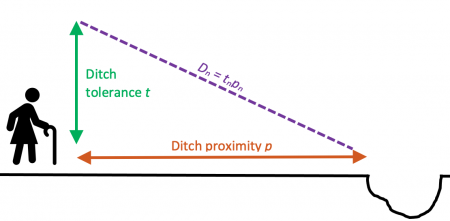Tedium quotient
The proportion of an agreement that is so ghastly as to make the whole agreement beyond your will power to continue arguing about it. Though individual tedium tolerances vary they are normally distributed over a range, so the tedium quotient can be used to derive the precise point at which the average legal eagle will no longer be prepared to die in a ditch about a given point, therefore. This is the point of estimated deal fatigue.
|
Negotiation Anatomy™

|
Implications of the tedium quotient:
- The higher one’s tolerance for tedium, the longer one can last in a negotiation that is not, yet, in a ditch, so he given tedium quotient of any contract will bear a direct proportion to the most pedantic person’s ditch tolerance.
- One’s ditch tolerance at any point in time is inversely proportional to one’s perceived proximity to the ditch in question. It is fascinating how, if a negotiator finds herself unexpectedly in a ditch that she did not realise was there the moment previously when she hotly insisted that she could never concede this point as long as there was the hope of breath and an animate spiritus mundi, suddenly her appetite for dying in it vanishes like summer dew.
This is why it is fun, unexpectedly, to declare a negotiation at an irretrievable impasse and to walk away.